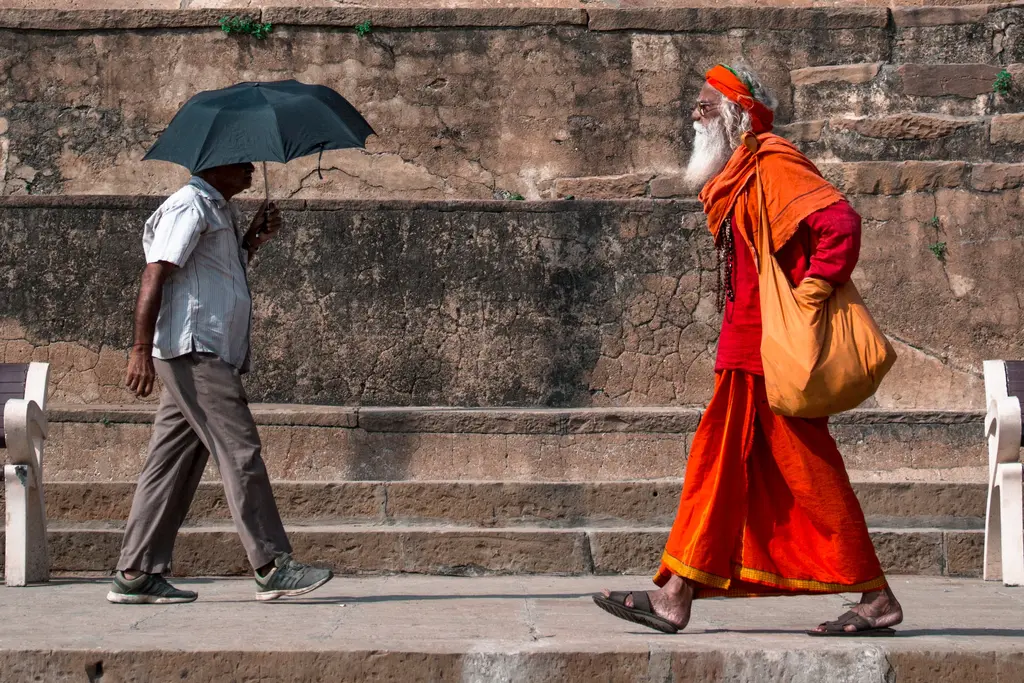Leisure • Eastern Philosophy
The Four Hindu Stages of Life
Most world religions and philosophies make the cardinal error of supposing that what they see as the meaning of life should — by virtue of its importance — apply to everyone, irrespective of age, circumstance or position. So proud are they of their insight into existence, they can’t help but accord it universal and dogmatic application.
Hinduism is a great deal more supple and imaginative. It too has a sense of how a good life should be lived, but crucially, it never assumes that the rules should apply across the board. It cuts up populations into segments — and differentiates right conduct according to four life stages collectively called ‘ashramas.’
The first of these ashrama is termed ‘brahmacharya’ and covers the period of life when one is a child and a student. Here — however serious life might be overall — one is allowed to play, to be tender and to give free reign to the imagination. But one must also learn and obey. Then, more arduously, comes the stage when one becomes a ‘grihasta’ or householder: this is the time for maximal involvement in practical matters. There might be little time for prayer or contemplation; it’s the moment for building up capital, for buying a house, developing a profession and having a family of one’s own. The stage might last twenty years or more. But eventually, practical obligations recede, children grow up and leave home and it is time to become a ‘vanaprastha’ or ‘forest walker’: someone who can increasingly surrender practical tasks and reorient themselves to the spiritual realm by going for walks — ideally (and poetically) in mango forests. Then lastly, when we are truly done with business and when family life has ceased to make all but the most minor calls on us, we are allowed to enter the stage of ‘sannyasa’, where we renounce worldly goods, don a simple robe and wander the world in search of ultimate sources of enlightenment, charity and spiritual friendship.
We may not agree with every detail of the way Hinduism carves up a life, but we can admire the imaginative way in which it seeks to align its teachings with the particular demands of society, the body and the family across time. It would — knows Hinduism — be as absurd to entice an 18 year old to do yoga for six hours a day while contemplating the absolute as it would be to spend all one’s time in business meetings as a 70 year old. There is a time for ‘moksa’ — the striving to liberate oneself from the cycle of eternal life — and there is a time for ‘artha’ — when we must head to the office and sound serious during company presentations; both are, in their respective contexts, equally legitimate and equally important.
We are reminded that there is no simplistic unitary goal to life. We shouldn’t ask ourselves what the right way to live is per se; it all depends on where on the journey we happen to be.





























